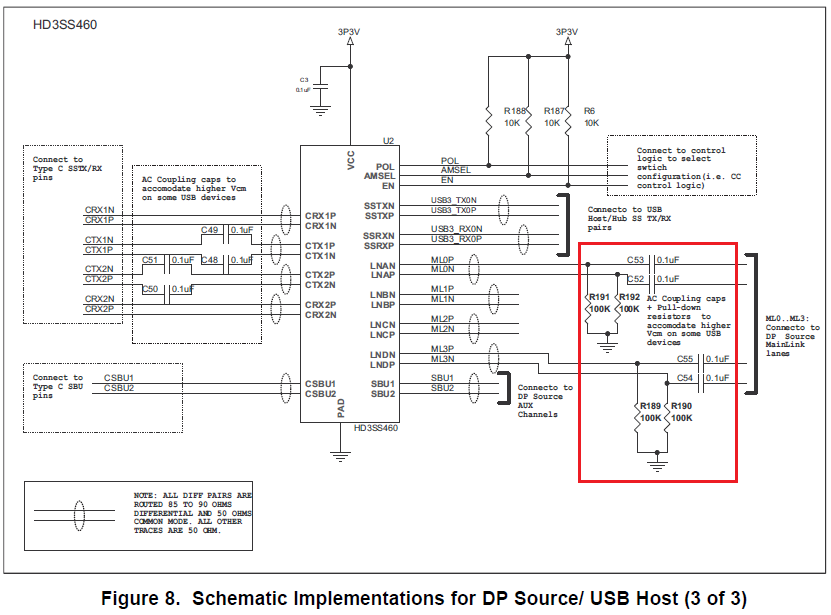Hi Team,
Does the following Figure 8. shows "AC Coupling cap + Pull-down resistor" is required for ML0P/N and ML3P/N only?
I believe it is just omitted and "AC Coupling cap + Pull-down resistor" is also required for ML1P/N and ML2P/N.
Is my understanding correct?
I would like to confirm just in case.
Best Regards,
Yaita / Japan disty
-
Ask a related question
What is a related question?A related question is a question created from another question. When the related question is created, it will be automatically linked to the original question.


